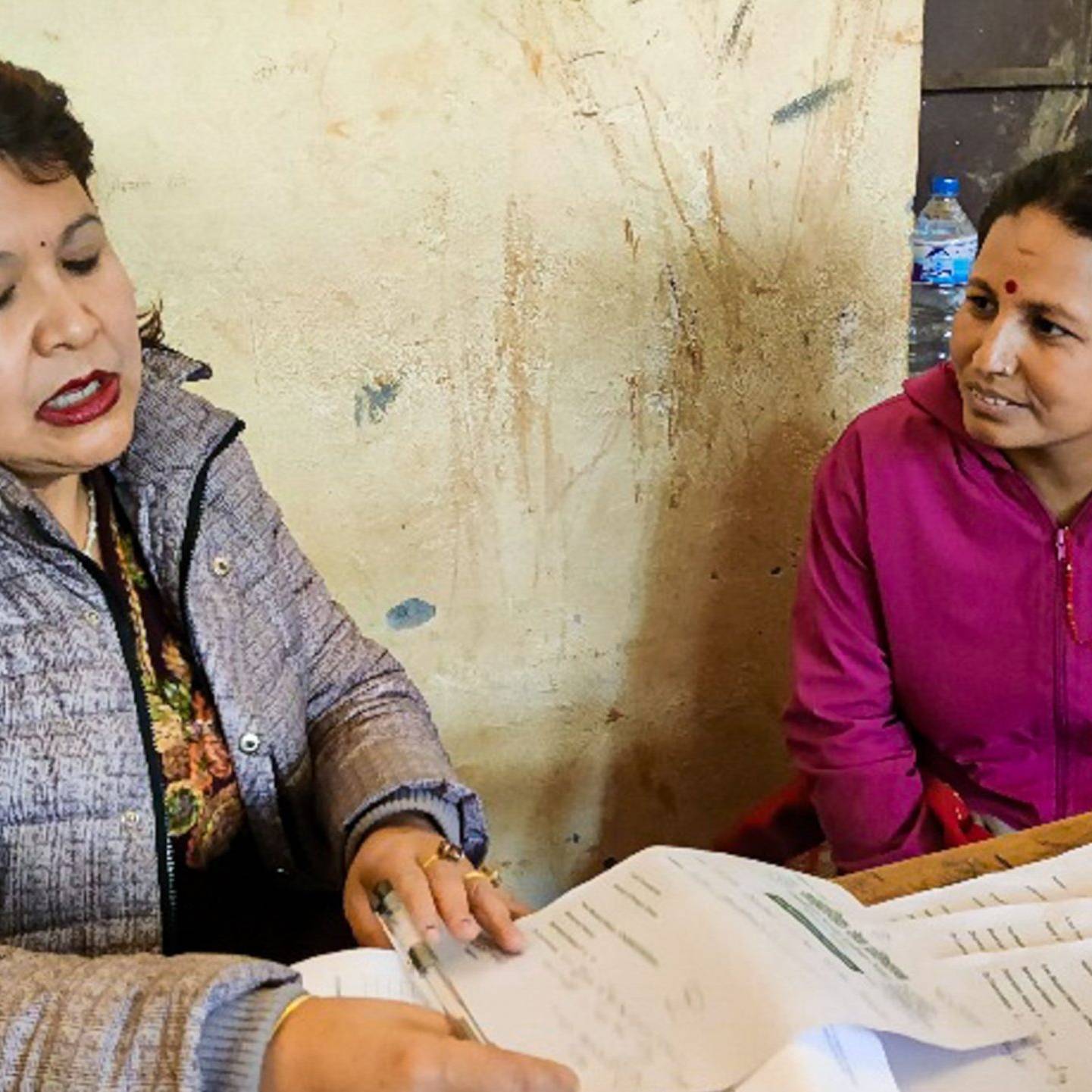Captivating Nepal
Nepal faces significant challenges that contribute to the prevalence of human trafficking and the need for extensive support to improve the lives of its people.
Here are some key reasons why Nepal needs our help:
High Rates of Human Trafficking
According to the Trafficking in Persons Report (2018) from Nepal’s Human Rights Commission, around 35,000 people are trafficked from Nepal annually, including approximately 15,000 women and 5,000 girls.
Human trafficking remains a severe issue due to the country's poverty, weak law enforcement, and porous borders.
Poverty
An Asian Development Bank study (2024) found that 20.3% of Nepal's population lived below the poverty line in 2022, making them vulnerable to traffickers exploiting their financial desperation. The National Statistics Office's 2022-23 survey highlighted the contrast in urban and rural development: urban poverty rose to 18.34% from 15.46% in 2010-11, while rural poverty decreased from 27.43% to 24.66%.
Education Barriers
UNICEF (2023) revealed steep declines in education completion rates: 73% finish lower secondary, but only 27% complete upper secondary. In rural areas, just 14% complete upper secondary, compared to 33% in urban areas. Financial constraints, the need to work, and societal norms prioritizing boys' education prevent many, especially girls, from finishing school.
Geographical Challenges
The remoteness and isolation of many communities, particularly in the mountainous regions, make it challenging to provide consistent education, healthcare, and economic support. This isolation also complicates efforts to monitor and prevent trafficking activities .
Our solution:
Be a part of the solution, protect lives, and transform futures!
Together, we can create a world where every person is valued, protected, and free from the threat of exploitation.
LATEST STORIES FROM NEPAL
7 July 2025
School Pressure Makes Angsty Teenager Prone To Trafficking
Our team stopped 15-year-old Sarita at the border, saving her from trafficking and…
0 Comments3 Minutes
2 July 2025
No More Anxieties For Bam Maya
Bam Maya joined the My Business-My Freedom Microfinance Program, started a grocery shop,…
0 Comments1 Minutes
20 June 2025
From Hotel Slave To A School Girl
Prisha, once forced into child labor in a hotel, is now safe, back in school, and…
0 Comments3 Minutes
4 June 2025
Survival to Abundance: Preeti Reaches New Heights
Preeti grew her two-goat start into a thriving goat farming business in Nepal, earning…
0 Comments2 Minutes
28 May 2025
607 Women Receive Preventive Medical Attention in Panchkhal
607 women in Panchkhal received life-changing reproductive and mental health care during…
0 Comments3 Minutes
23 May 2025
Is It Too Bad To Want A Nice Life? Amita’s Story
At 16, Amita was lured by an online predator, but our team stopped the trafficking…
0 Comments4 Minutes














